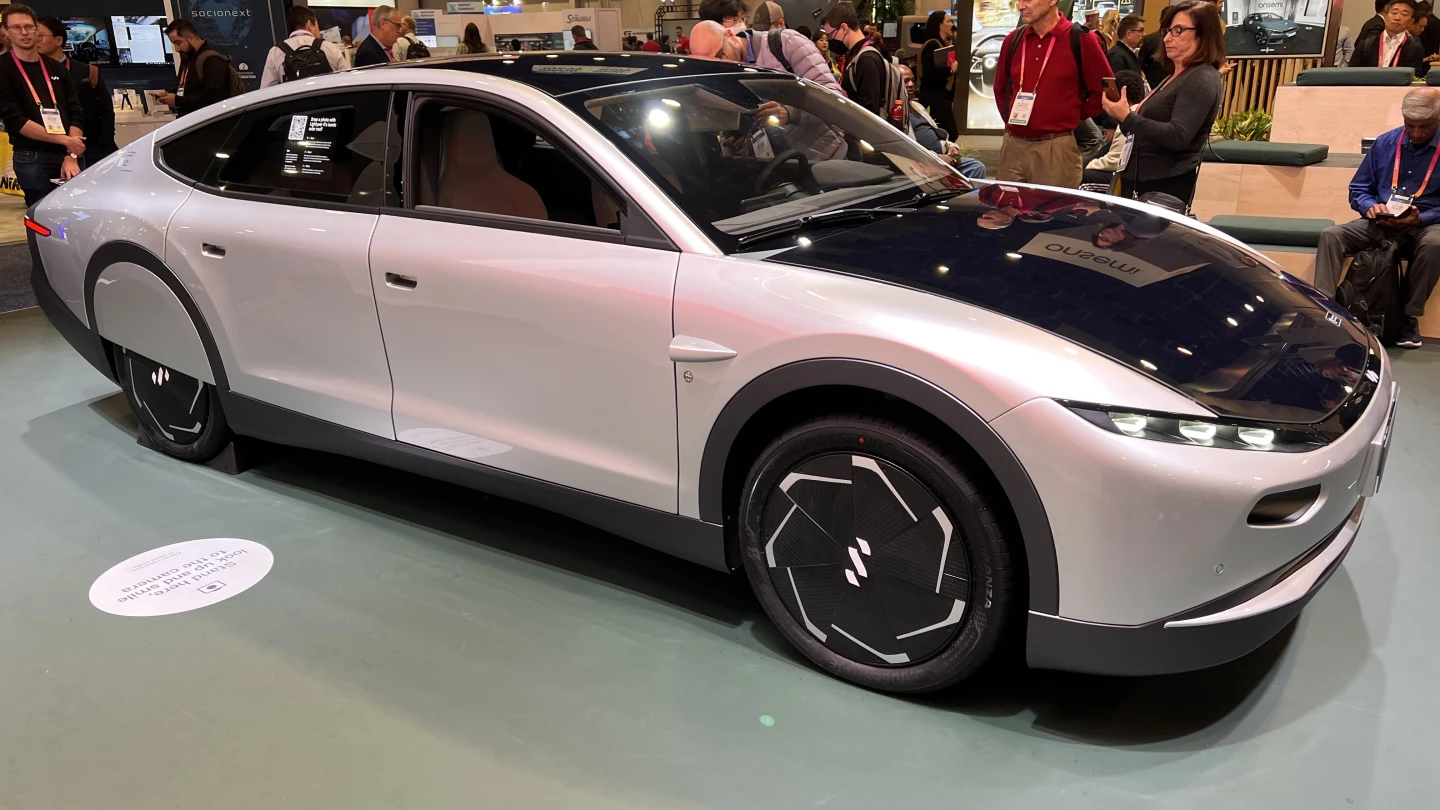Boasting an ultra-efficient design worth nearly 400 miles (644 km) of range, an integrated solar array large enough to charge in over 40 miles (64 km) a day, and the lowest drag coefficient out there, the Lightyear 0 might just be the world's most impressive EV. But with a price tag nearing US$270,000, it's also prohibitively expensive. That's where the new Lightyear 2 sedan comes in, offering the same style of efficient, aerodynamic, solar-boosting capability in a smaller package priced for the masses. And the waitlist is officially open.
Lightyear dazzled CES 2023 attendees with a preview of the Lightyear 2 last week, officially opening up its waitlist for those eagerest to get their hands on the small sedan. Those on the waitlist will be the first to know when actual preorders open for their specific country, giving them the chance to reserve one of the very first Lightyear 2 cars.

While the Lightyear 0 was Lightyear's proof of concept and the culmination of six years of research and development, the Lightyear 2 will be the company's foray into mass marketability. Lightyear aims for the car to use its independent solar charging to cut overall lifetime emissions to half those of conventional EVs that rely solely on the power grid for charging. The company estimates the Lightyear 2 will need one third the number of plug-in charges of a non-solar EV.
Even more than with a regular electric vehicle, Lightyear 2 range will vary from one driver to the next, reflecting differences in driving style, road type, climate and sun intensity, among other variables. Lightyear bases its 500-mile (800-km) per plug-in estimate on a Chicago-based commuter driving roughly 15,000 miles (24,140 km) a year in total. It does not break down how much of that range is from the battery pack itself versus added via solar charging, but it does estimate that the solar panels on the Lightyear 0 can charge in up to 44 miles (70 km) a day in the right conditions. The Lightyear 2 has a shorter profile, however, so likely has less solar capacity.

Lightyear is holding additional details for the Lightyear 2's official debut later this year, but the initial teaser photos show a compact four-door that derives roof- and hood-integrated solar panels from the Lightyear 0. The new car has a more conventional silhouette, loses the rear wheel fairings and relies on a different aerodynamic wheel design, as compared to the Lightyear 0. A power outlet is located just behind the passenger-side front wheel.
The world should get its first full look at the Lightyear 2 later this year, but those on the Lightyear 2 waitlist will have to go well longer before getting behind the wheel. Lightyear currently plans to begin production in late 2025.
Source: Lightyear










